如何编写Windows CE.net的usb驱动程序(2)
上述讲了堆理论,可能读者脑袋都已经大了,为此,我们举个简单的例子来详细说明一下驱动程序的开发过程。
本文引用地址:http://www.eepw.com.cn/article/149162.htm例如我们有个USBMouse设备,设备信息描述如下:
DeviceDescriptor:
bcdUSB:0x0100
bDeviceClass:0x00
bDeviceSubClass:0x00
bDeviceProtocol:0x00
bMaxPacketSize0:0x08(8)
idVendor:0x05E3(GenesysLogicInc.)
idProduct:0x0001
bcdDevice:0x0101
iManufacturer:0x00
iProduct:0x01
iSerialNumber:0x00
bNumConfigurations:0x01
ConnectionStatus:DeviceConnected
CurrentConfigValue:0x01
DeviceBusSpeed:Low
DeviceAddress:0x02
OpenPipes:1
EndpointDescriptor:
bEndpointAddress:0x81
TransferType:Interrupt
wMaxPacketSize:0x0003(3)
bInterval:0x0A
可以看出上述设备有一个中断PIPE,包的最大值为3。可能有人问上述的值怎么得到的,win2k的DDK中有个usbview的例程,编译一下,将你的USB设备插到PC机的USB口中,运行usbview.exe即可看得相应的设备信息。
有了这些基本信息,就可以编写USB设备了,首先声明一下,下面的代码取自微软的USB鼠标样本程序,版权归微软所有,此处仅仅借用来描述一下USB鼠标驱动的开发过程,读者如需要引用此代码,需要得到微软的同意。
首先,必须输出USBD要求调用的三个函数,首先到设备插入到USB端口时,USBD会调用USBDeviceAttach()函数,相应的代码如下:
externCBOOL
USBDeviceAttach(
USB_HANDLEhDevice,//USB设备句柄
LPCUSB_FUNCSlpUsbFuncs,//USBDI的函数集合
LPCUSB_INTERFACElpInterface,//设备接口描述信息
LPCWSTRszUniqueDriverId,//设备ID描述字符串。
LPBOOLfAcceptControl,//返回TRUE,标识我们可以控制此设备,反之表示不能控制
DWORDdwUnused)
{
*fAcceptControl=FALSE;
//我们的鼠标设备有特定的描述信息,要检测是否是我们的设备。
if(lpInterface==NULL)
returnFALSE;
//打印相关的USB设备接口描述信息。
DEBUGMSG(ZONE_INIT,(TEXT(USBMouse:DeviceAttach,IF%u,#EP:%u,Class:%u,Sub:%u,Prot:%urn),lpInterface->Descriptor.bInterfaceNumber,lpInterface->Descriptor.bNumEndpoints,lpInterface->Descriptor.bInterfaceClass,lpInterface->Descriptor.bInterfaceSubClass,lpInterface->Descriptor.bInterfaceProtocol));
//初试数据USB鼠标类,产生一个接受USB鼠标数据的线程
CMouse*pMouse=newCMouse(hDevice,lpUsbFuncs,lpInterface);
if(pMouse==NULL)
returnFALSE;
if(!pMouse->Initialize())
{
deletepMouse;
returnFALSE;
}
//注册一个监控USB设备事件的回调函数,用于监控USB设备是否已经拔掉。
(*lpUsbFuncs->lpRegisterNotificationRoutine)(hDevice,
USBDeviceNotifications,pMouse);
*fAcceptControl=TRUE;
returnTRUE;
}
第二个函数是USBInstallDriver()函数,
一些基本定义如下:
constWCHARgcszRegisterClientDriverId[]=LRegisterClientDriverID;
constWCHARgcszRegisterClientSettings[]=LRegisterClientSettings;
constWCHARgcszUnRegisterClientDriverId[]=LUnRegisterClientDriverID;
constWCHARgcszUnRegisterClientSettings[]=LUnRegisterClientSettings;
constWCHARgcszMouseDriverId[]=LGeneric_Sample_Mouse_Driver;
函数接口如下:
externCBOOL
USBInstallDriver(
LPCWSTRszDriverLibFile)//@parm[IN]-ContainsclientdriverDLLname
{
BOOLfRet=FALSE;
HINSTANCEhInst=LoadLibrary(LUSBD.DLL);
//注册USB设备信息
if(hInst)
{
LPREGISTER_CLIENT_DRIVER_IDpRegisterId=(LPREGISTER_CLIENT_DRIVER_ID)
GetProcAddress(hInst,gcszRegisterClientDriverId);
LPREGISTER_CLIENT_SETTINGSpRegisterSettings=
(LPREGISTER_CLIENT_SETTINGS)GetProcAddress(hInst,
gcszRegisterClientSettings);
if(pRegisterIdpRegisterSettings)
{
USB_DRIVER_SETTINGSDriverSettings;
DriverSettings.dwCount=sizeof(DriverSettings);
//设置我们的特定的信息。
DriverSettings.dwVendorId=USB_NO_INFO;
DriverSettings.dwProductId=USB_NO_INFO;
DriverSettings.dwReleaseNumber=USB_NO_INFO;
DriverSettings.dwDeviceClass=USB_NO_INFO;
DriverSettings.dwDeviceSubClass=USB_NO_INFO;
DriverSettings.dwDeviceProtocol=USB_NO_INFO;
DriverSettings.dwInterfaceClass=0x03;//HID
DriverSettings.dwInterfaceSubClass=0x01;//bootdevice
DriverSettings.dwInterfaceProtocol=0x02;//mouse
fRet=(*pRegisterId)(gcszMouseDriverId);
if(fRet)
{
fRet=(*pRegisterSettings)(szDriverLibFile,
gcszMouseDriverId,NULL,DriverSettings);
if(!fRet)
{
//BUGBUGunregistertheClientDriver’sID
}
}
}
else
{
RETAILMSG(1,(TEXT(!USBMouse:ErrorgettingUSBDfunctionpointersrn)));
}
FreeLibrary(hInst);
}
returnfRet;
}
上述代码主要用于产生USB设备驱动程序需要的注册表信息,需要注意的是:USB设备驱动程序不使用标准的注册表函数,而是使用RegisterClientDriverID()和RegisterClientSettings来注册相应的设备信息。


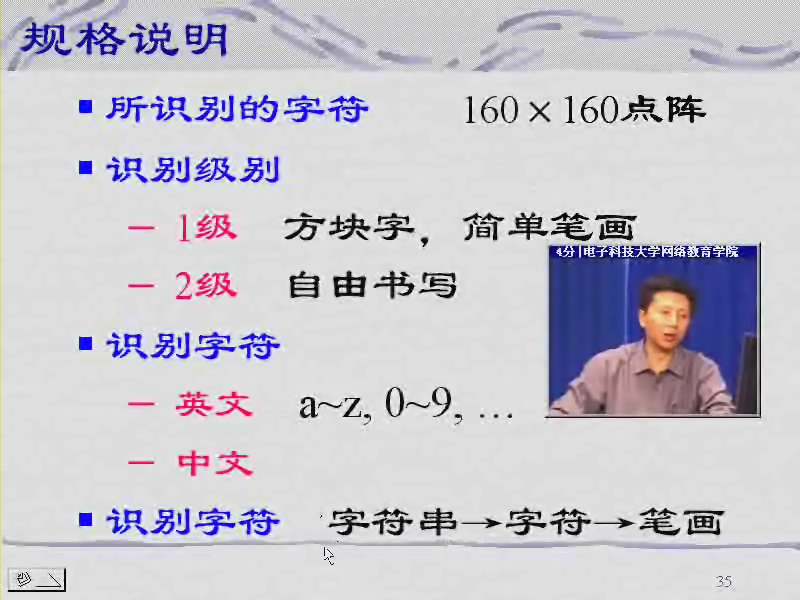


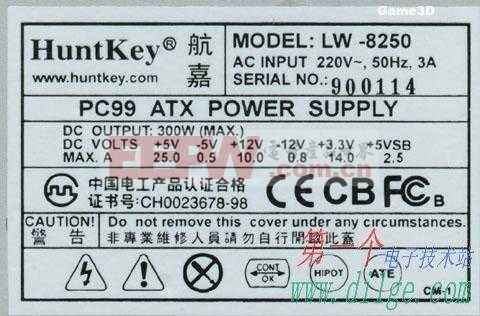
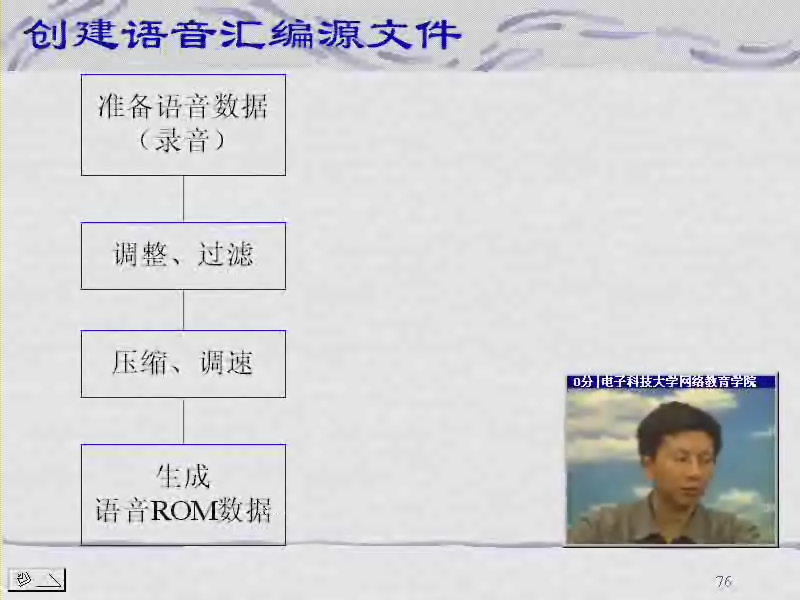
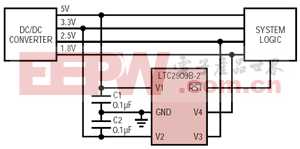
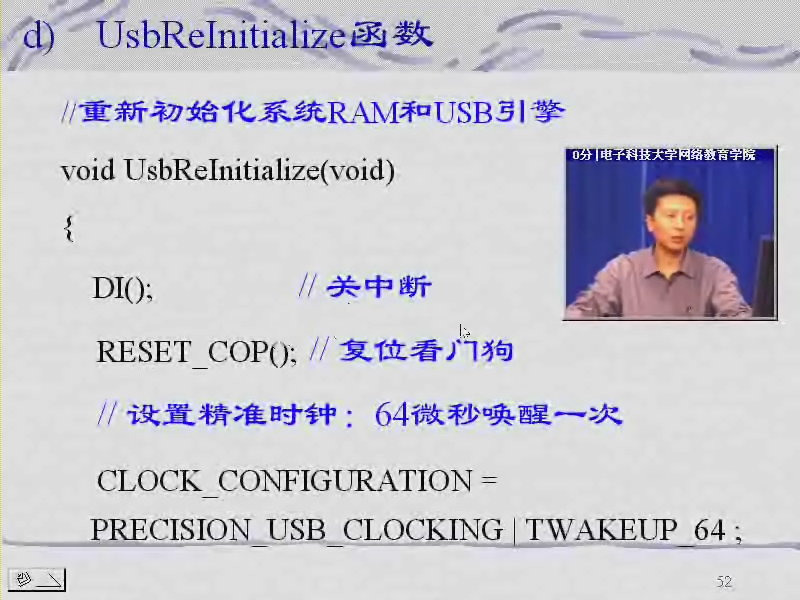
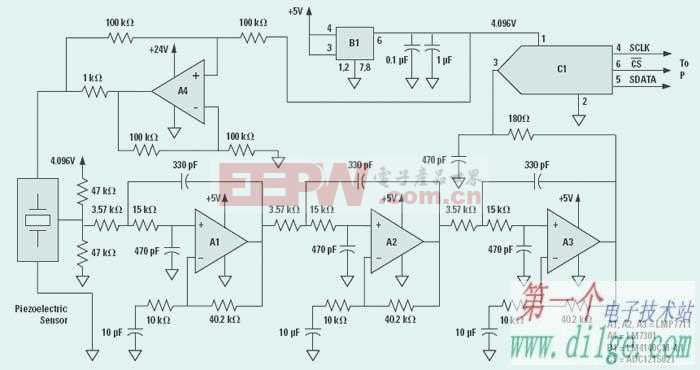
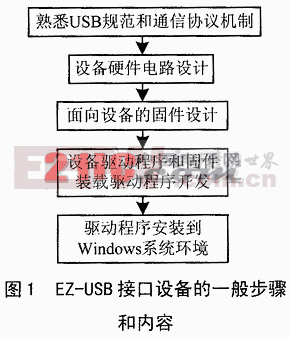

评论